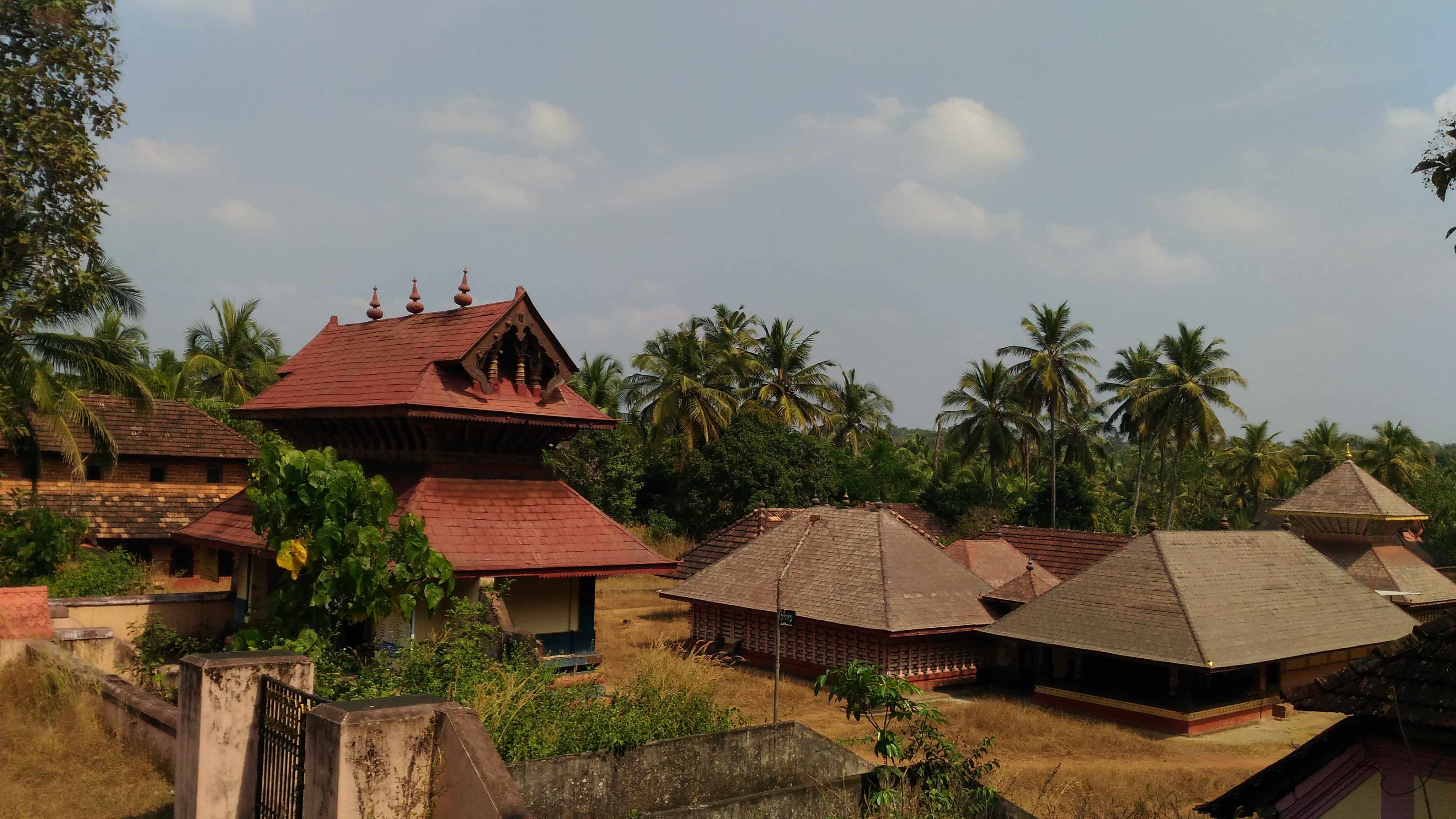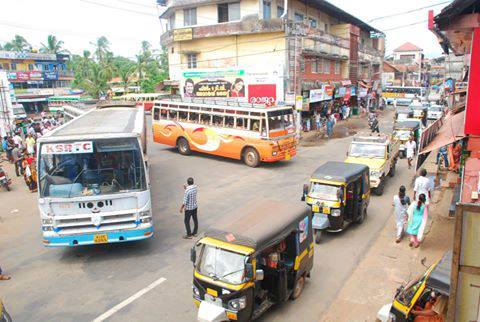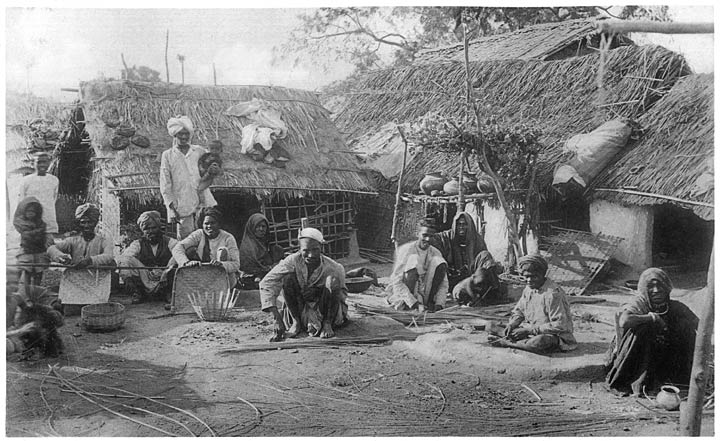|
Sree Madiyan Koolom Temple
Sree Madiyan Koolom Temple is located near Kanhangad in the Indian state of Kerala State, Kerala. It is one of the most prominent Hindu temples in Kasargod district, and is some 500 years old. It is dedicated to deity Kshetrapalakan Eswaran, the mother Goddess known as Kalarathri Amma (Bhadrakali). One of the oldest temples in North Kerala, Shri Madiyan Kulam is an ancient shrine. Sri Madiyan Kulam is the headquarters of the Allada Swaroopam Mookatham Nadu. The temple is known for its centuries-old wooden carvings and its epic poems. The poems portray the unity of different religions and castes. A peculiarity of this temple is that a Brahmin priest performs ''Puja (Hinduism), pooja'' only at noon, while the morning and evening ''poojas'' are performed by a sect called Maniyani (caste), Maniyanis. Legend and Etymology Kshethrapalakan Eeshwaran is the main deity. Udinur Kovilakam is the head of Alladadesham, which stretches from Ajanur, Chittari to Olavara. Legend states tha ... [...More Info...] [...Related Items...] OR: [Wikipedia] [Google] [Baidu] |
India
India, officially the Republic of India ( Hindi: ), is a country in South Asia. It is the seventh-largest country by area, the second-most populous country, and the most populous democracy in the world. Bounded by the Indian Ocean on the south, the Arabian Sea on the southwest, and the Bay of Bengal on the southeast, it shares land borders with Pakistan to the west; China, Nepal, and Bhutan to the north; and Bangladesh and Myanmar to the east. In the Indian Ocean, India is in the vicinity of Sri Lanka and the Maldives; its Andaman and Nicobar Islands share a maritime border with Thailand, Myanmar, and Indonesia. Modern humans arrived on the Indian subcontinent from Africa no later than 55,000 years ago., "Y-Chromosome and Mt-DNA data support the colonization of South Asia by modern humans originating in Africa. ... Coalescence dates for most non-European populations average to between 73–55 ka.", "Modern human beings—''Homo sapiens''—originated in Africa. Th ... [...More Info...] [...Related Items...] OR: [Wikipedia] [Google] [Baidu] |
Malayalam
Malayalam (; , ) is a Dravidian language spoken in the Indian state of Kerala and the union territories of Lakshadweep and Puducherry ( Mahé district) by the Malayali people. It is one of 22 scheduled languages of India. Malayalam was designated a " Classical Language of India" in 2013. Malayalam has official language status in Kerala, and Puducherry ( Mahé), and is also the primary spoken language of Lakshadweep, and is spoken by 34 million people in India. Malayalam is also spoken by linguistic minorities in the neighbouring states; with significant number of speakers in the Kodagu and Dakshina Kannada districts of Karnataka, and Kanyakumari, district of Tamil Nadu. It is also spoken by the Malayali Diaspora worldwide, especially in the Persian Gulf countries, due to large populations of Malayali expatriates there. There are significant population in each cities in India including Mumbai, Bengaluru, Delhi, Kolkata, Pune etc. The origin of Malayalam remains ... [...More Info...] [...Related Items...] OR: [Wikipedia] [Google] [Baidu] |
Ramayana
The ''Rāmāyana'' (; sa, रामायणम्, ) is a Sanskrit epic composed over a period of nearly a millennium, with scholars' estimates for the earliest stage of the text ranging from the 8th to 4th centuries BCE, and later stages extending up to the 3rd century CE. ''Ramayana'' is one of the two important epics of Hinduism, the other being the ''Mahābhārata''. The epic, traditionally ascribed to the Maharishi Valmiki, narrates the life of Sita, the Princess of Janakpur, and Rama, a legendary prince of Ayodhya city in the kingdom of Kosala. The epic follows his fourteen-year exile to the forest urged by his father King Dasharatha, on the request of Rama's stepmother Kaikeyi; his travels across forests in the Indian subcontinent with his wife Sita and brother Lakshmana, the kidnapping of Sita by Ravana – the king of Lanka, that resulted in war; and Rama's eventual return to Ayodhya to be crowned king amidst jubilation and celebration. The ''Ramayana'' is ... [...More Info...] [...Related Items...] OR: [Wikipedia] [Google] [Baidu] |
Theyyam
Theyyam (/ t̪eːjjəm/; romanised: ''teyyam'') are Hindu ritualistic dance forms practiced in northern Kerala and some parts of Karnataka. Theyyam is also known as Kaḷiyāṭṭaṁ or Tiṟa. Theyyam consists of traditions, rituals and customs associated with temples and sacred groves of Malabar. The people of the region consider Theyyam itself as a channel to a god and they thus seek blessings from Theyyam. In Kasaragod and Kannur districts, this ritual art is mainly performed in the kavus (temples) or ancestral houses of Nambiar, Thiyyar, Vaniyar and Maniyani communities. Theyyam is typically performed by people from castes and tribes like Pulayar, Vannan, Malayan, Anhoottan, Munnoottan, Mavilan, Koppalan, Velan, Chingathan, Kalanaadi, Paravan, Nalikeyavar etc. Of these Kalanaadi people perform only in Wayanad district, while Parava, Pampatha, Nalikeyavar perform in places north of Kerala like Udupi, Krishnapuram etc. There are about 456 types of Theyyams docum ... [...More Info...] [...Related Items...] OR: [Wikipedia] [Google] [Baidu] |
Nileshwaram
Nileshwaram or Nileshwar or Neeleswaram is a municipality and a major town in Kasaragod District, state of Kerala, India. It is one of the three municipalities in Kasaragod district; the others are Kasaragod and Kanhangad. Nileshwaram is located on the estuary of Kavvayi Backwaters and Neeleshwaram River (also known as Thejaswini River). Nileshwar is referred to as the cultural capital of Kasaragod, the northernmost district, of Kerala. "The first Chief Minister of Kerala and communist leader E. M. S. Namboodiripad had contested elections to the Assembly from the Neeleswaram segment." History Neeleswaram, or Nileswaram, is the abbreviated form of Neelakanta Ishwaran. The Kolathiri Dominion emerged into independent 10 principalities in the late medieval period, i.e., Kadathanadu (Vadakara), Randathara or Poyanad (Dharmadom), Kottayam (Thalassery), Nileshwaram, Iruvazhinadu (Panoor), Kurumbranad etc., under separate royal chieftains due to the outcome of� ... [...More Info...] [...Related Items...] OR: [Wikipedia] [Google] [Baidu] |
Zamorin Of Calicut
The Samoothiri (Anglicised as Zamorin; Malayalam: , Arabic: ''Sāmuri'', Portuguese: ''Samorim'', Dutch: ''Samorijn'', Chinese: ''Shamitihsi''Ma Huan's Ying-yai Sheng-lan: 'The Overall Survey of the Ocean's Shores' 433 Translated and Edited by J. V. G. Mills. Cambridge University Press for the Hakluyt Society (1970).) was the hereditary Nair monarch and ruler of the Kingdom of Kozhikode (Calicut) in the South Malabar region of India. Calicut was one of the most important trading ports on the southwest coast of India. At the peak of their reign, they ruled over a region extending from Kozhikode Kollam ( Kollam) to the borders of Panthalayini Kollam ( Koyilandy).Varier, M. R. Raghava. "Documents of Investiture Ceremonies" in K. K. N. Kurup, Edit., "India's Naval Traditions". Northern Book Centre, New Delhi, 1997K. V. Krishna Iyer, ''Zamorins of Calicut: From the earliest times to AD 1806''. Calicut: Norman Printing Bureau, 1938. The Zamorins belonged to the Eradi caste of the ... [...More Info...] [...Related Items...] OR: [Wikipedia] [Google] [Baidu] |
Kolathiri
Kolathiri or Kolathiri Rājā (King of KolathunāduA. Shreedhara Menon (2007), ''A brief History of Kerala'', DC Books, Kottayam or King of Cannanore in foreign accounts) was the title by which the senior-most male along the matrilineal line of the Mushika or Kolathunādu Royal Family (Kolaswarũpam) based at North Malabar region was styled.Duarte Barbosa, The Book of Duarte Barbosa: An Account of the Countries Bordering on the Indian Ocean and their Inhabitants, II, ed.M. L Dames (repr., London: Hakluyt Society, 1921)The Dutch in Malabar: Selection from the Records of the Madras Government, No. 13 (Madras: Printed by the Superintendent, Government Press, 1911), 143. It's a descendent of the Mushika dynasty. The Indian anthropologist Ayinapalli Aiyappan states that a powerful and warlike clan of the Bunt community of Tulu Nadu was called ''Kola Bari'' and the Kolathiri Raja of Kolathunadu was a descendant of this clan. The Kolathiri family and the Travancore family reciproca ... [...More Info...] [...Related Items...] OR: [Wikipedia] [Google] [Baidu] |
Chittari River
Chittari River is a small river that flows through the village of Chithari near Kanhangad in Kasaragod Kasaragod () is a municipal town and administrative headquarters of Kasaragod district in the state of Kerala, India. Established in 1966, Kasaragod was the first municipal town in the district. It is the northernmost district of Kerala an ... district of Kerala. Malayalam: ചിത്താരിപ്പുഴ The Chittaripuzha is 25 km long and originates from Iriya Punur. The river, which passes through various encroachments, is now on the verge of destruction. The mangrove forests around the village of Chithari are unique. '' Leptarma biju'', a crab not found anywhere else in the world, was discovered in these forests on September 4, 2020. Origin Chittaripuzha originates from the ponds of Iriya Vazhunnor and Pattammar in the Chettiamchal area of the district. The river is formed by the confluence of the Cheramba, Thaikolam and Pullur rivers. The tributaries o ... [...More Info...] [...Related Items...] OR: [Wikipedia] [Google] [Baidu] |
Shiva
Shiva (; sa, शिव, lit=The Auspicious One, Śiva ), also known as Mahadeva (; ɐɦaːd̪eːʋɐ, or Hara, is one of the principal deities of Hinduism. He is the Supreme Being in Shaivism, one of the major traditions within Hinduism. Shiva is known as "The Destroyer" within the Trimurti, the Hindu trinity which also includes Brahma and Vishnu. In the Shaivite tradition, Shiva is the Supreme Lord who creates, protects and transforms the universe. In the goddess-oriented Shakta tradition, the Supreme Goddess ( Devi) is regarded as the energy and creative power (Shakti) and the equal complementary partner of Shiva. Shiva is one of the five equivalent deities in Panchayatana puja of the Smarta tradition of Hinduism. Shiva has many aspects, benevolent as well as fearsome. In benevolent aspects, he is depicted as an omniscient Yogi who lives an ascetic life on Mount Kailash as well as a householder with his wife Parvati and his three children, Ganesha, Ka ... [...More Info...] [...Related Items...] OR: [Wikipedia] [Google] [Baidu] |
Caste
Caste is a form of social stratification characterised by endogamy, hereditary transmission of a style of life which often includes an occupation, ritual status in a hierarchy, and customary social interaction and exclusion based on cultural notions of purity and pollution. * Quote: "caste ort., casta=basket ranked groups based on heredity within rigid systems of social stratification, especially those that constitute Hindu India. Some scholars, in fact, deny that true caste systems are found outside India. The caste is a closed group whose members are severely restricted in their choice of occupation and degree of social participation. Marriage outside the caste is prohibited. Social status is determined by the caste of one's birth and may only rarely be transcended." * Quote: "caste, any of the ranked, hereditary, endogamous social groups, often linked with occupation, that together constitute traditional societies in South Asia, particularly among Hindus in India. Although ... [...More Info...] [...Related Items...] OR: [Wikipedia] [Google] [Baidu] |
Temple Entry Proclamation
The Temple Entry Proclamation was issued by Maharaja Chithira Thirunal Balarama Varma on November 12, 1936. The Proclamation abolished the ban on the so-called 'low caste people' or from entering Hindu temples in the Princely State of Travancore, now part of Kerala, India. The proclamation was a milestone in the history of Travancore and Kerala. Today, Temple Entry Proclamation Day is considered to be a social reformation day by the Government of Kerala. History Following the campaign to introduce social reform in Travancore inspired by the teachings of Narayana Guru and others, a deputation of six leaders appointed by the Harijan Sevak Sangh toured the princely state to obtain support from caste Hindus for so called untouchable people to be allowed to enter state-operated temples. Vaikom Satyagraha According to historian Romila Thapar, protests in 1924–25 against the prohibition of untouchables using a public road near a temple in Vaikom were a significant precursor t ... [...More Info...] [...Related Items...] OR: [Wikipedia] [Google] [Baidu] |

.jpg)




.jpg)

